Texas Longhorn
- January 26, 2024
- 0 comment
The Texas Longhorn, an emblematic figure of American Western heritage, is a breed of cattle renowned for its distinctive long, curved horns that can extend up to seven feet from tip to tip. Originating from Spanish stock brought to the Americas in the 16th century, these cattle evolved through natural selection in the harsh environment of the Texan wilderness. This evolution has rendered them not only striking in appearance but also remarkably hardy and adaptable, capable of thriving in arid and challenging terrains where other breeds might falter.
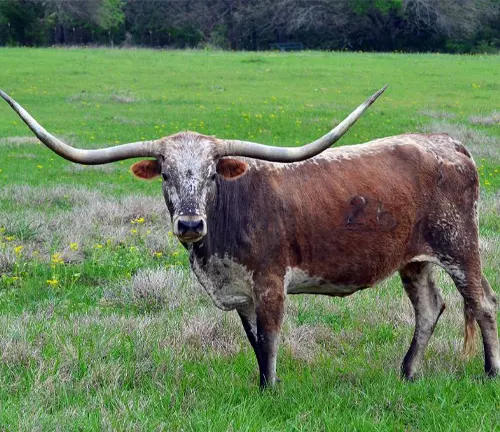
The physical characteristics of the Texas Longhorn are as varied as they are impressive. Beyond their signature horns, they display a rich tapestry of coat colors and patterns, ranging from speckled or mottled to solid hues. Size-wise, they are large but lean, with a muscular build that reflects their resilience. In terms of temperament, Texas Longhorns are known for being intelligent and generally docile, traits that have endeared them to ranchers and cattle enthusiasts alike.
Historically, Texas Longhorns were integral to the cattle drives of the 19th century, symbolizing the era’s spirit of frontier adventure. Economically, they have been valued for their lean meat, which is lower in fat compared to other beef breeds, and their hides and horns, which have various decorative and practical uses. In contemporary times, while they might no longer be the cornerstone of the beef industry, they hold a place of honor in heritage preservation, with many ranches and organizations dedicated to maintaining the breed’s purity and legacy.
| Specification | Detail |
|---|---|
| Breed Name | Texas Longhorn |
| Origin | Texas, USA; derived from Spanish cattle |
| Horn Length | Typically 5 to 7 feet wide from tip to tip |
| Coat Colors | Wide range, including speckled, mottled, or solid |
| Average Weight | Bulls: 1,500 to 2,200 lbs; Cows: 800 to 1,200 lbs |
| Body Type | Large, muscular, and lean |
| Temperament | Docile, intelligent, and adaptable |
| Lifespan | Approximately 12-20 years |
| Use | Meat production, breeding, show animals |
| Adaptability | Highly adaptable to diverse environments |
| Meat Quality | Leaner and less fatty compared to other breeds |
| Economic Significance | Heritage preservation, meat, and by-products |
| Conservation Status | Not endangered, focus on heritage preservation |
| Special Characteristics | Resilient, capable of thriving in harsh climates |
| Cultural Significance | Symbol of American West and frontier history |

The Texas Longhorn, an iconic symbol of the American West, boasts a rich history and distinctive characteristics. This article delves into the fascinating world of the Texas Longhorn, exploring its historical roots, physical traits, and significance in various spheres.
History and Origin
Early History
The story of the Texas Longhorn begins in the early 16th century with Spanish settlers. Their imported cattle, mixed with local breeds, laid the foundation for what would become the Texas Longhorn.

Development in Texas
In Texas, these cattle adapted to harsh conditions, evolving into the resilient breed known today. The Longhorn played a pivotal role in the development of the American West.
Characteristics of the Breed
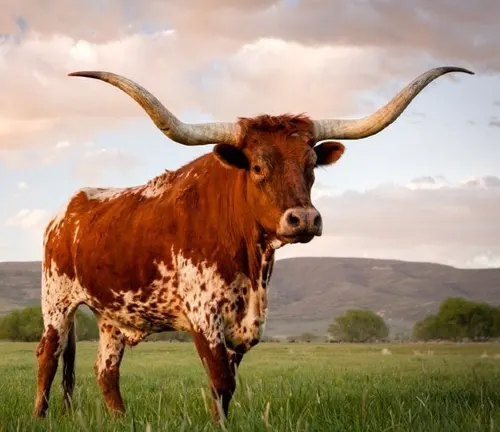
Physical Attributes
Texas Longhorns are renowned for their impressive horns, which can span over six feet. Their coat varies in color, and they possess a rugged build.
Temperament
Despite their intimidating horns, Longhorns are generally docile. Their hardy nature makes them adaptable to various environments.
Texas Longhorn in Popular Culture
Symbolism and Representation
The Texas Longhorn symbolizes resilience and the pioneering spirit of the American West. It frequently appears in artworks and cultural narratives.
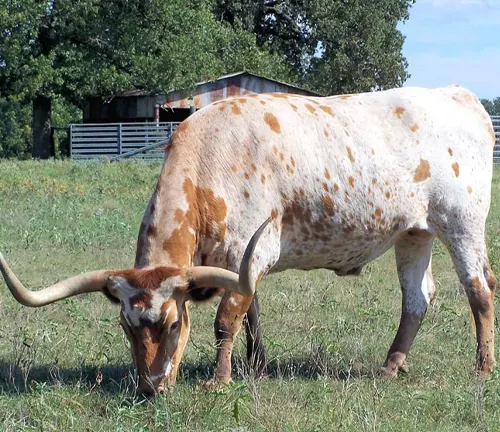
Breeding and Management
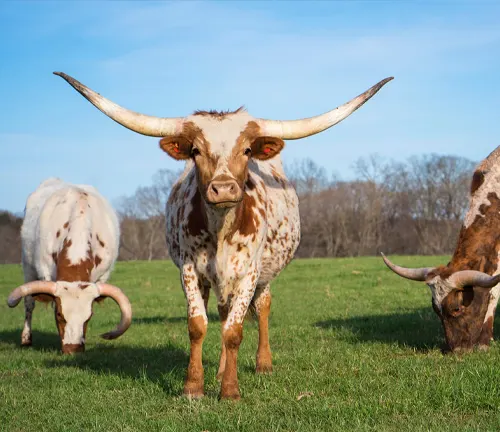
Breeding Practices
Selective breeding has honed specific traits in the Texas Longhorn, such as horn length and color patterns.
Grazing and Diet
Longhorns thrive on diverse pastures and have a diet that contributes significantly to their health and the quality of their meat.
Economic Importance
Meat Production
Texas Longhorn beef is leaner and healthier, making it a sought-after product in the meat industry.
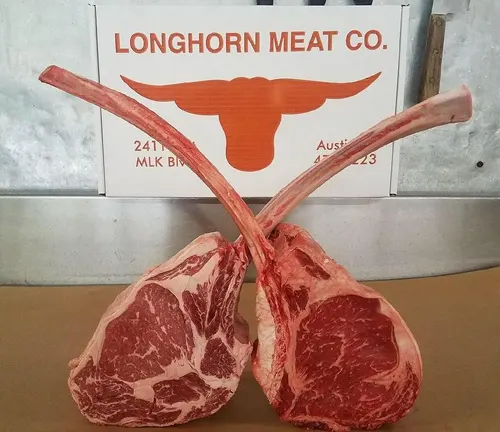

Leather and Other Products
The breed’s hide and horns are valuable for various products, from leather goods to decorative items.
Texas Longhorn in Sports and Media
Sports Team Mascots
The Longhorn is a popular mascot for sports teams, embodying strength and tenacity.
Representation in Film and TV
Its distinctive appearance has made the Texas Longhorn a favorite in Western films and television shows.
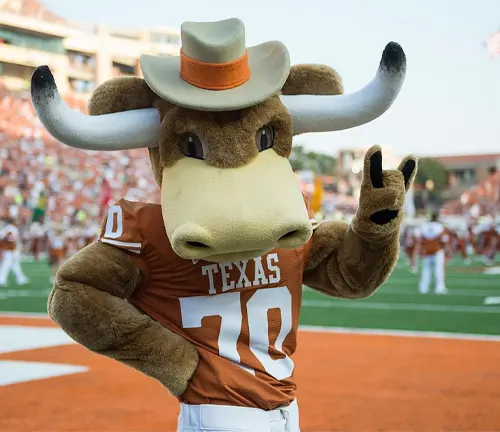
Health and Veterinary Care
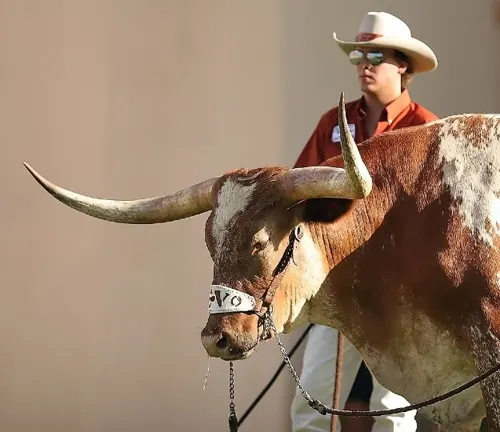
Common Health Issues
Understanding common health issues in Texas Longhorns helps in their effective management.
Veterinary Recommendations
Regular check-ups and vaccinations are crucial for maintaining a healthy herd.
Different Species
The Texas Longhorn is not a category with different species, but rather a single breed of cattle with diverse lineages and characteristics. In the world of biology, a species is a distinct group of animals that can interbreed. All Texas Longhorns belong to the same species, which is Bos taurus, the domestic cattle species.
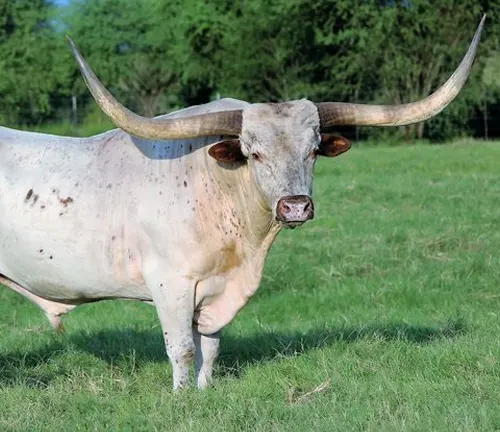
Frequently Asked Question (FAQs)
- What Are Texas Longhorns?
Explanation of Texas Longhorns as a breed of cattle known for their distinctive long horns and diverse coloring. - What Is the History of the Texas Longhorn?
An overview of the breed’s origins, including its Spanish ancestry and evolution in North America. - What Are the Physical Characteristics of Texas Longhorns?
Description of their notable horn length, body size, coat colors, and patterns. - How Long Do Texas Longhorns Live?
Information on the average lifespan of Texas Longhorns in managed care and in the wild. - What Is the Temperament of Texas Longhorns?
Insights into the general behavior of Texas Longhorns, including their docility and intelligence. - What Are Texas Longhorns Used For?
Discussion on the various uses of Texas Longhorns, including beef production, breeding, and as show animals. - How Are Texas Longhorns Different From Other Cattle Breeds?
Comparison of Texas Longhorns with other cattle breeds in terms of physical traits, adaptability, and uses. - What Is the Significance of Texas Longhorns in American History and Culture?
Exploration of the role of Texas Longhorns in American history, especially in the context of the Old West. - How Do You Care for Texas Longhorns?
Tips on the care and management of Texas Longhorns, including diet, housing, and health maintenance. - What Are Common Health Issues in Texas Longhorns?
Information on health concerns specific to the breed and preventive measures. - Can Texas Longhorns Be Kept as Pets?
Discussion on the feasibility and considerations of keeping Texas Longhorns as personal or hobby farm animals. - How Does the Climate Affect Texas Longhorns?
Understanding of how different climate conditions can impact the health and well-being of Texas Longhorns. - What Are the Breeding Practices for Texas Longhorns?
Insights into the breeding strategies used to preserve and enhance the genetic traits of Texas Longhorns. - Are Texas Longhorns Endangered?
Information on the conservation status of Texas Longhorns and efforts to preserve the breed. - Where Can One See Texas Longhorns?
Suggestions on locations such as ranches, historical sites, and parks where Texas Longhorns can be observed.



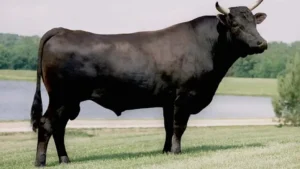


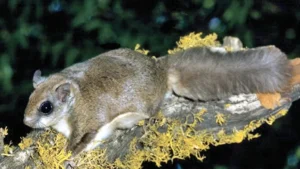
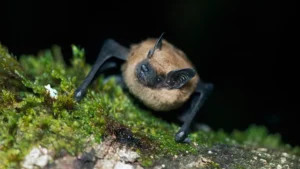
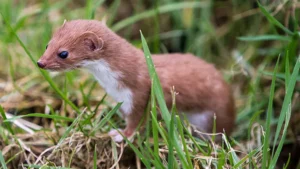


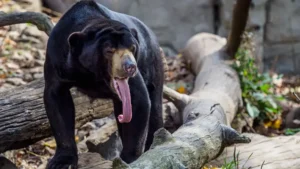
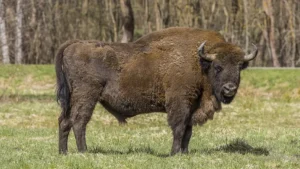
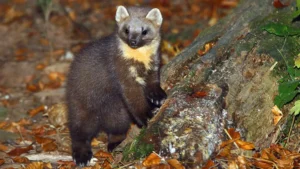
Leave your comment